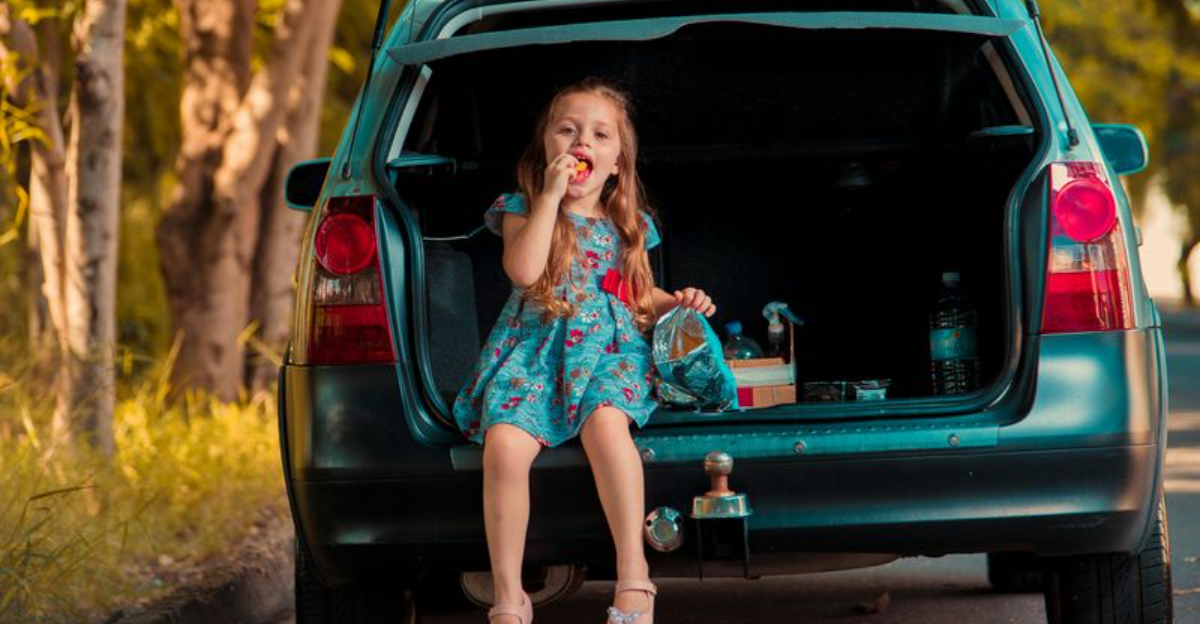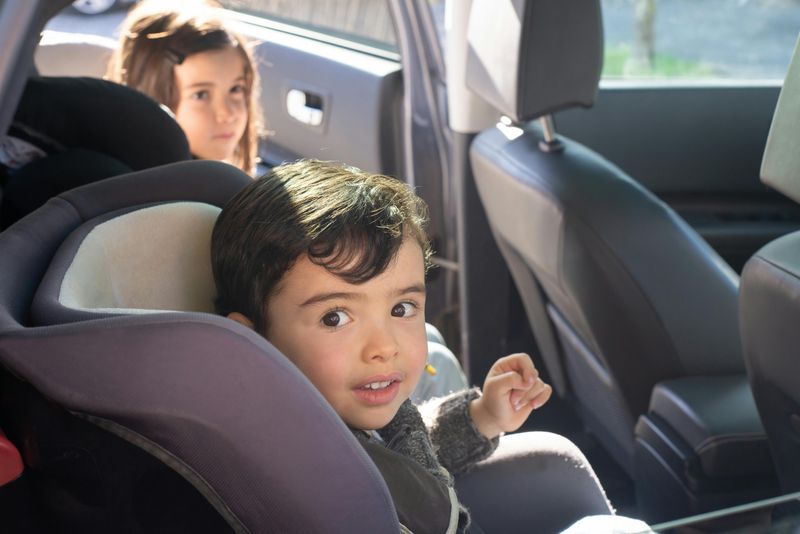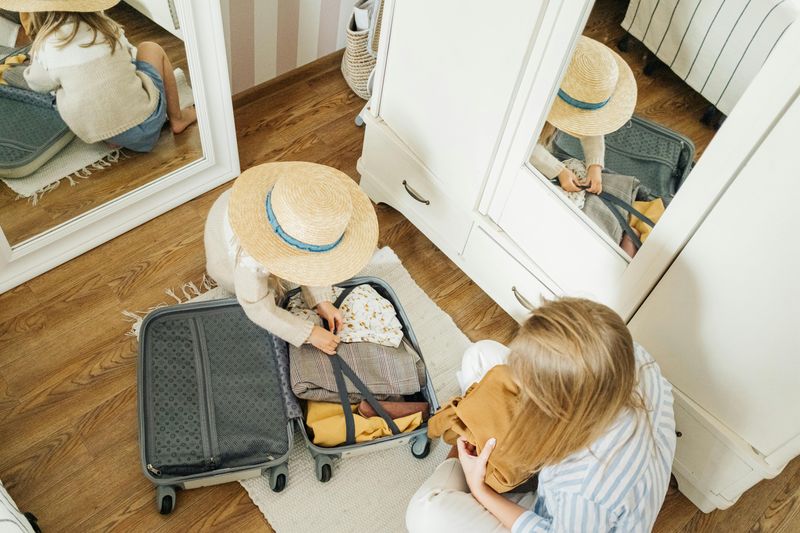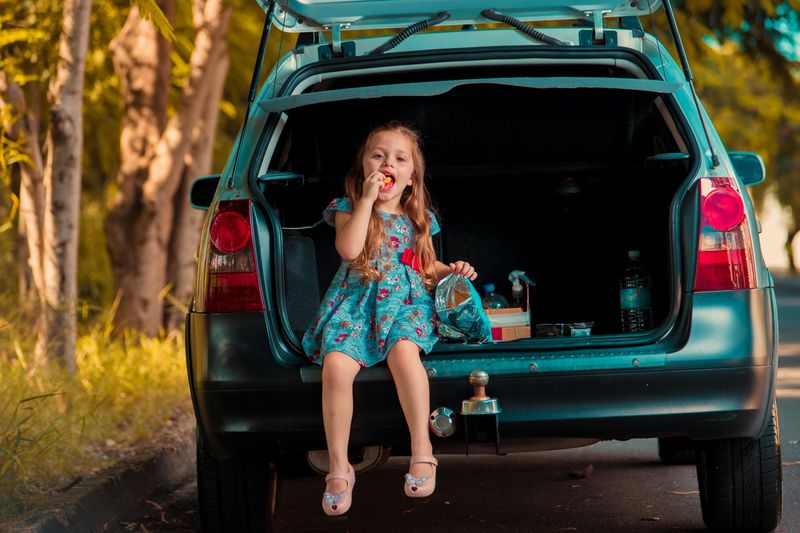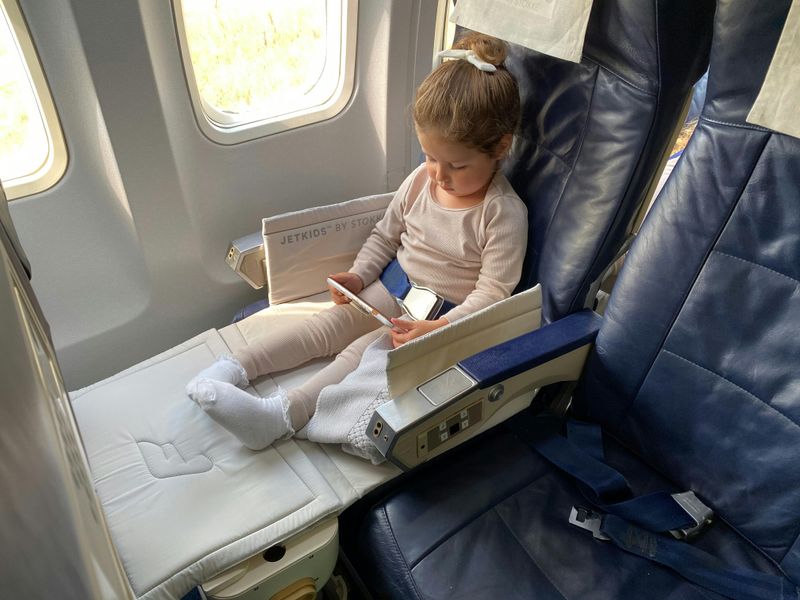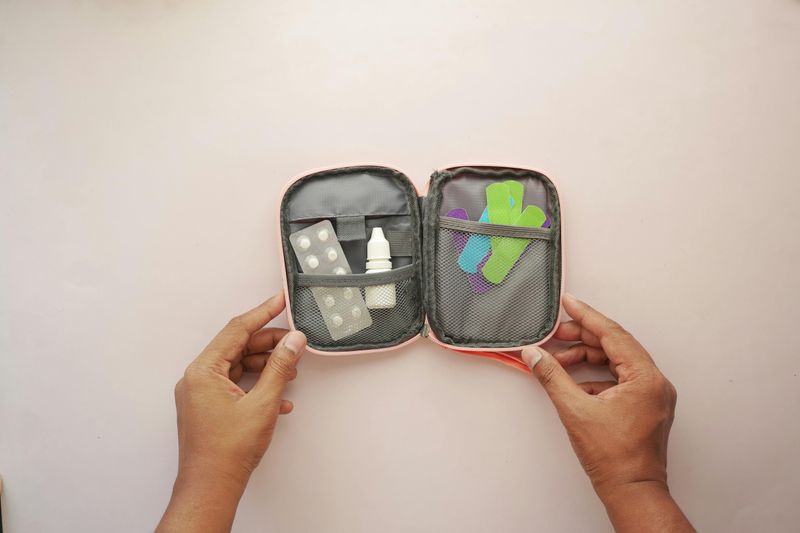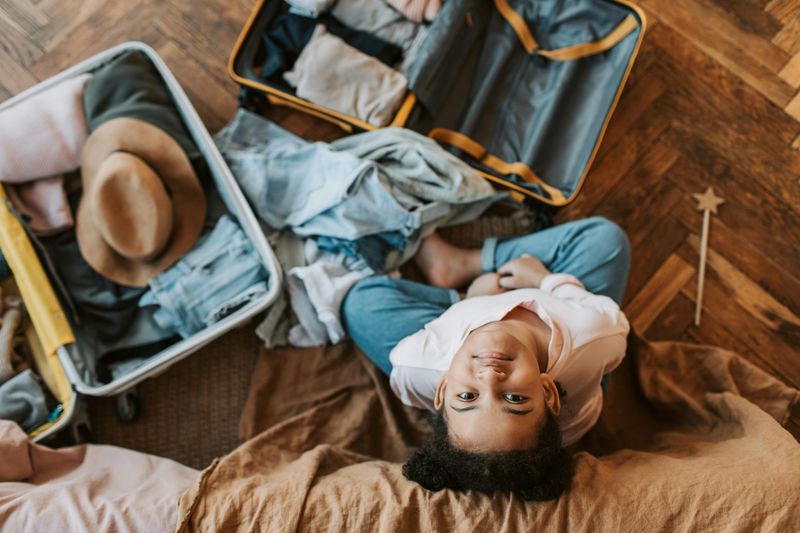Traveling with kids can turn an exciting vacation into a whirlwind of chaos if you’re not prepared. From meltdowns in airports to backseat squabbles and the never-ending chorus of ‘Are we there yet?’, family trips come with unique challenges. But with the right strategies, traveling with your little ones can actually be enjoyable rather than exhausting. Here are some practical tips to help make your next family adventure more fun and less frantic.
1. Pack a Special Surprise Bag
Fill a small backpack with new, inexpensive toys, books, and activities your child hasn’t seen before. The novelty factor keeps kids entertained for hours during long journeys. Include items like coloring books, stickers, small puzzles, or travel-sized games.
Reveal these treasures one at a time when boredom strikes or tensions rise. This strategic distraction technique works wonders during flight delays or traffic jams when patience wears thin. Many parents swear by wrapping each item for extra excitement.
For older children, consider travel journals or disposable cameras to document their adventure from their perspective. This not only entertains them but creates meaningful souvenirs of your trip together.
2. Schedule Around Nap Times
Sync your travel schedule with your child’s natural sleep patterns whenever possible. A sleeping child means peaceful driving or flying time for everyone. Consider night flights for international travel when kids are naturally tired and more likely to sleep through most of the journey.
For road trips, starting early in the morning while children are still drowsy often results in a smooth first leg of the journey. Keep their comfort items handy – favorite blankets, stuffed animals, or pillows make unfamiliar sleeping environments more acceptable.
Remember that well-rested children cope better with travel disruptions and new experiences. Maintain some semblance of their regular sleep routine even while traveling to avoid overtired meltdowns.
3. Master the Art of Lightweight Packing
Traveling with kids often feels like moving your entire household. Combat this by becoming ruthlessly efficient with packing. Choose versatile clothing pieces that mix and match easily, and plan to do laundry for longer trips rather than packing an outfit for every possible scenario.
Roll clothes instead of folding to save space and reduce wrinkles. Pack by outfit rather than category to quickly find what you need without unpacking everything. For babies and toddlers, consider shipping bulky items like diapers directly to your destination.
Remember that most destinations have stores where you can purchase forgotten items. The freedom of moving with less luggage far outweighs the convenience of having everything from home.
4. Snack Strategy Saves the Day
Hunger triggers tantrums faster than almost anything else during travel. Pack a variety of healthy, non-messy snacks that won’t melt or crumble easily. Individual portions in reusable containers prevent fights and make distribution simple when everyone wants something at once.
Include protein-rich options like cheese sticks or nut butter sandwiches to provide lasting energy. Fresh fruits like apple slices, grapes, or berries offer natural sweetness without sugar crashes. Avoid excessively sugary treats that might cause energy spikes followed by irritable crashes.
Bring more snacks than you think necessary – delays happen, restaurants might be closed, or local food options might not appeal to picky eaters. Having familiar foods available reduces stress for everyone.
5. Create a Kid-Friendly Itinerary
Balance adult activities with plenty of kid-focused fun. Children have limited patience for museums and historical sites unless they’re interactive. Plan for playground stops, swimming pools, or other energy-burning activities every day to prevent restlessness and behavioral issues.
Research family-friendly attractions at your destination beforehand. Many cities offer children’s museums, aquariums, or outdoor adventures specifically designed for young visitors. Allow extra time for everything – rushing creates unnecessary stress when traveling with kids.
Build in downtime too. Overscheduling leads to exhaustion and meltdowns. Some of the best family memories come from unplanned moments like impromptu beach visits or discovering a local ice cream shop together.
6. Embrace Technology (Without Guilt)
Load up tablets or smartphones with age-appropriate games, movies, and e-books before departure. Download content rather than relying on spotty travel WiFi. Special screen time rules can be relaxed during travel – surviving a six-hour flight trumps screen time concerns.
Invest in good-quality headphones designed for children that limit volume to protect hearing. Consider audiobooks as a screen-free alternative that still provides entertainment while allowing kids to look out the window or doodle.
Technology isn’t just for entertainment either. Apps that track flight status, locate family-friendly restaurants, or provide translation services can make travel smoother. Remember to pack chargers and portable power banks in your carry-on.
7. Prepare a Travel Medical Kit
Nothing derails a family vacation faster than illness. Pack a compact medical kit with common medications your family might need. Include children’s pain/fever relievers, motion sickness remedies, bandages, antibiotic ointment, and any prescription medications your children take regularly.
Research medical facilities at your destination before traveling. Save the address and phone number of the nearest urgent care or children’s hospital in your phone. If traveling internationally, learn how to say basic medical terms in the local language.
Consider travel insurance that covers medical emergencies and evacuation if traveling to remote areas. The peace of mind knowing you’re prepared for health issues allows everyone to relax and enjoy the trip more fully.
8. Give Kids Some Control
Children often struggle with travel because they have little say in what happens. Counter this by offering age-appropriate choices throughout the journey. Let them pick their travel outfit, select between two activities for the day, or choose where to eat dinner from parent-approved options.
Assign special travel jobs like being the family photographer, map reader, or snack distributor. These responsibilities make kids feel important and engaged in the family adventure. For older children, involve them in trip planning by researching kid-friendly activities at your destination.
Having some control reduces anxiety and resistance during travel. When children feel their preferences matter, they’re more likely to cooperate during necessary non-negotiable moments like security checks or early wake-up calls.
9. Practice Flexible Routines
While traveling disrupts normal schedules, maintaining some familiar routines provides security for children. Keep bedtime rituals consistent even if the actual time shifts – the same sequence of bath, story, and goodnight kiss signals sleep time regardless of location.
Pack comfort items that support these routines – a favorite stuffed animal, bedtime book, or special blanket. These familiar objects create a sense of home anywhere. For meals, try to maintain roughly similar timing to avoid hunger-induced crankiness.
Being flexible within a framework works better than rigid schedules or complete abandonment of routines. The goal is finding balance – enough structure to provide security but enough flexibility to enjoy travel opportunities without stress.
10. Cultivate Patience and Humor
Your attitude sets the tone for the entire family travel experience. Children mirror adult emotions, so approaching challenges with patience and humor helps everyone cope better. Take deep breaths when faced with inevitable travel hiccups – delayed flights, lost luggage, or spilled drinks happen.
Find the funny side of mishaps when possible. Years later, these “disasters” often become favorite family stories. Pack your sense of humor alongside your passports and remember that perfect vacations exist only in advertisements.
Lower your expectations about how much you’ll accomplish each day. The goal isn’t checking off every attraction but creating positive family memories. Sometimes the best moments come from simple pleasures like watching your child’s face light up at their first ocean wave.
